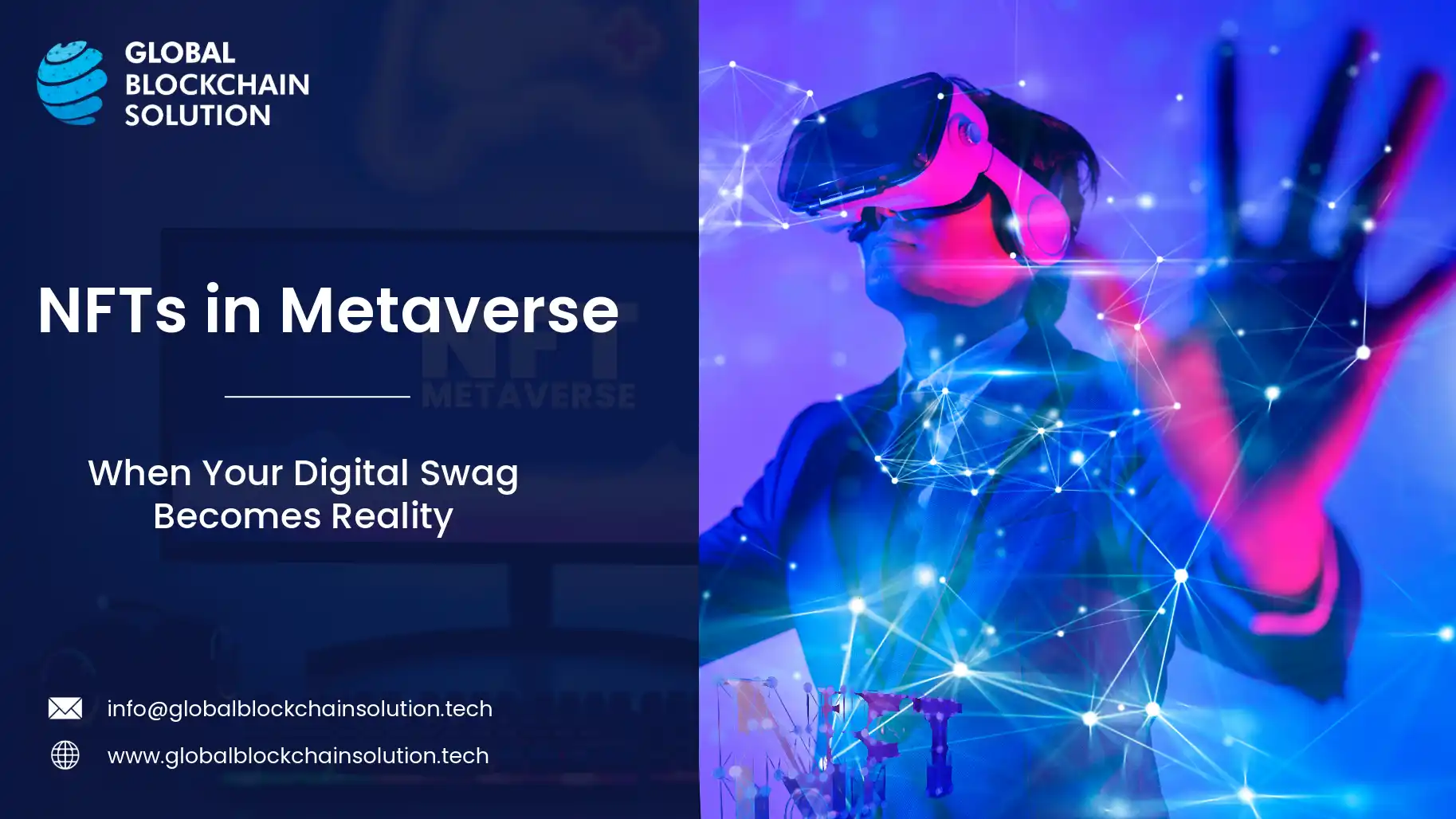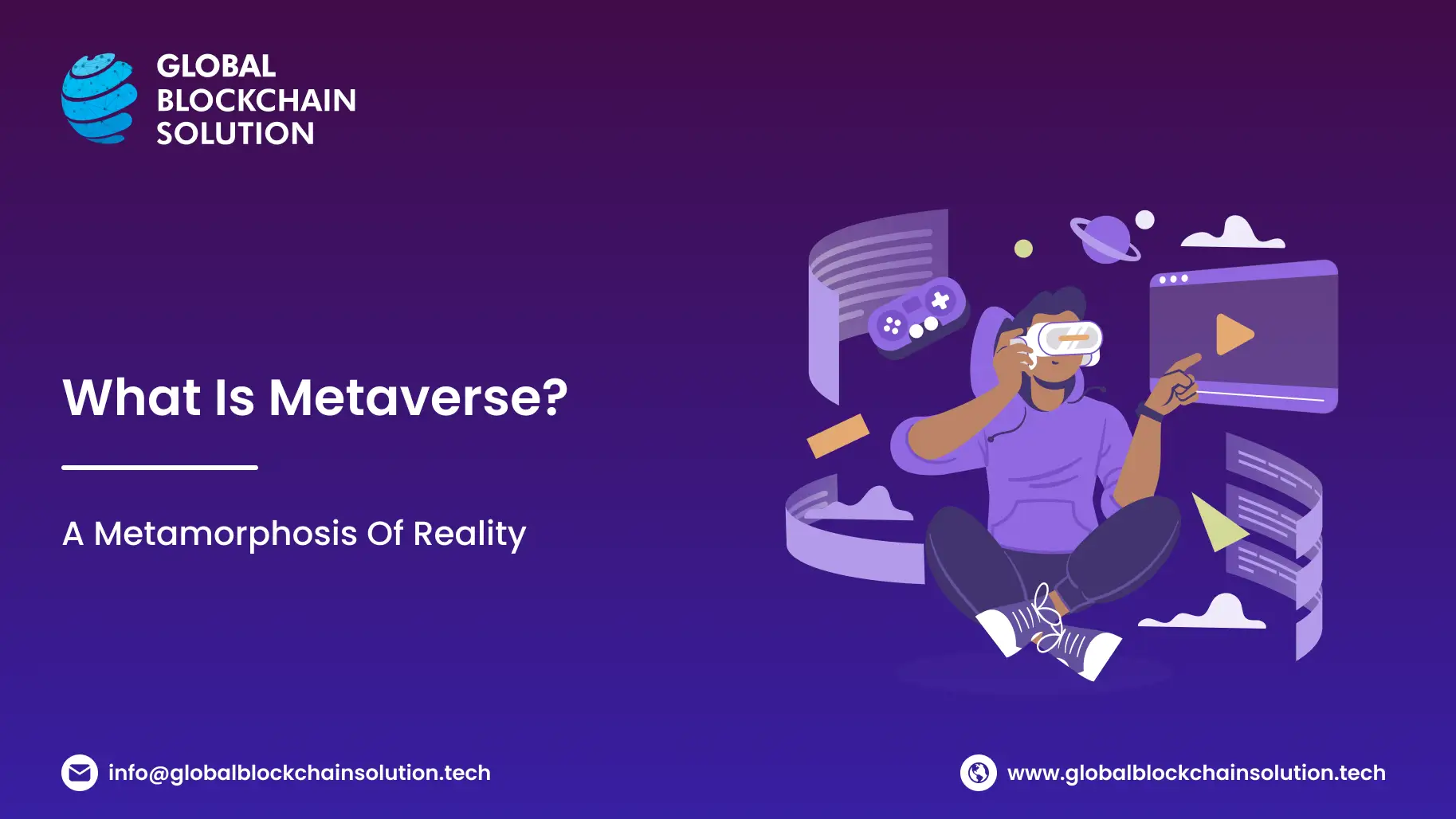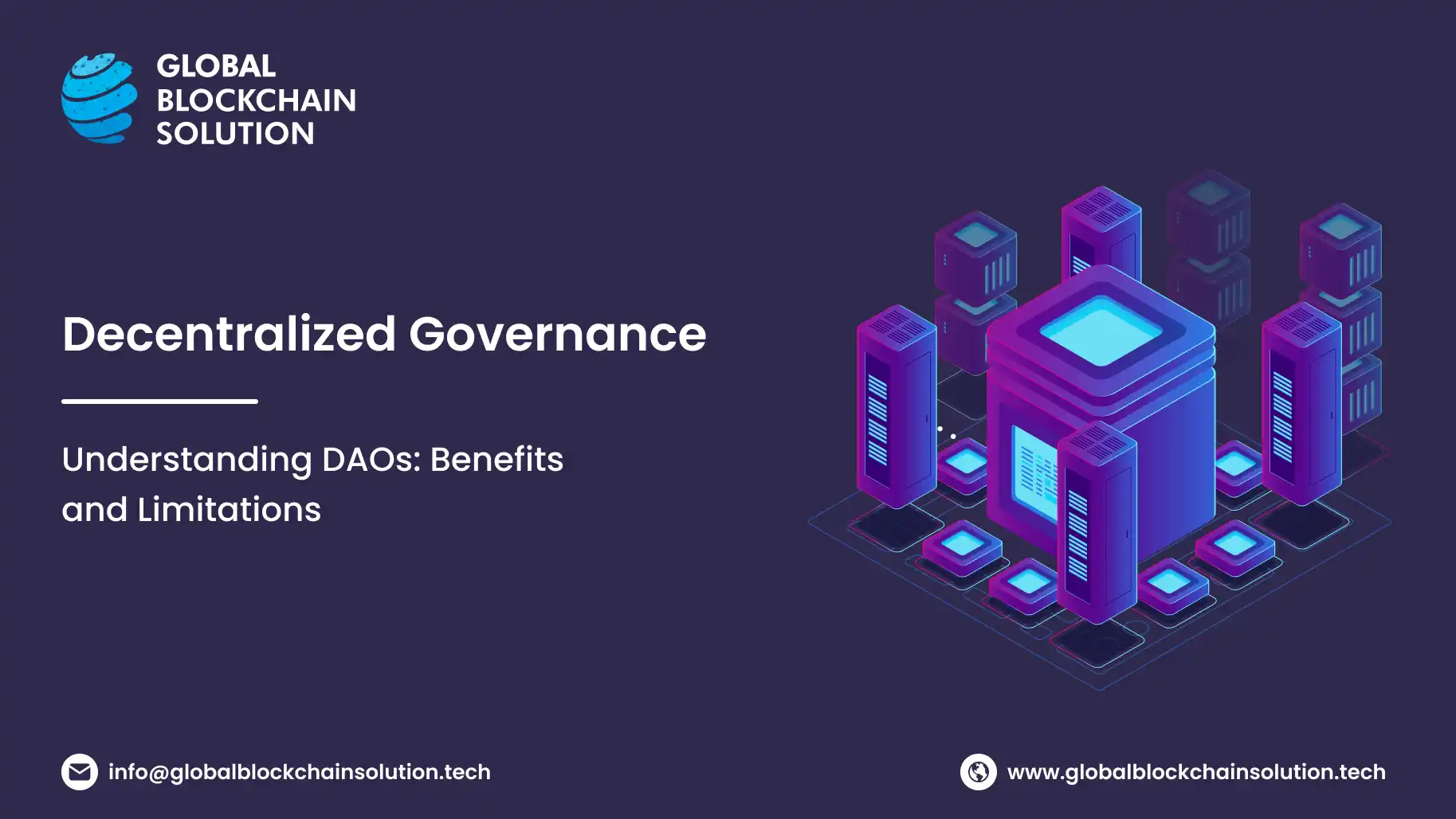It won’t be contradicting to address Blockchain as one of the most significant inventions of this century, given the fact that it is gaining traction, popularity, and adaption. Blockchain technology, or some might refer to it as ‘block chain technology,’ is the underlying concept upon which all the cryptocurrencies and NFTs work. Irrespective of how much people are aware of the term ‘Blockchain,’ a majority of people don’t quite understand what exactly blockchain technology is.
A blockchain is a chain of blocks that are comprised of information and data. Each block is loaded with a number of transactions, and each transaction is recorded in the form of a Hash. Hash can be understood as a unique address that is assigned to each block at the time of its creation, and any further alteration in the block will lead to a modification in its hash.
With this article, let’s explore and understand the overall concept of blockchain technology.
What Exactly is Blockchain Technology and Why is it Important?
Blockchain technology facilitates transparent information sharing within a business network, being a list of records that are termed blocks that store data publicly in chronological order. The advanced database mechanism of blockchain technology stores data in the form of blocks that are linked together as a chain. Furthermore, the information or data stored in the Blockchain is encrypted utilizing cryptography in order to ensure that the privacy of the user is not compromised.
Blockchain technology can be used to facilitate the creation of an unchangeable and unalterable ledger so that orders, accounts, payments, and other transactions can be tracked. This becomes possible due to the fact that the data or information is chronologically consistent because, without consensus from the network, no one can delete or alter the chain.
Blockchain mitigates potential issues such as transaction validity and supervision, the complications that come with the presence of a central authority, and vulnerability. It does so by presenting a tamper-proof system in order to record transactions.
All the transactions are to be validated by both parties, and any corruption in historical transactions will lead to the corruption of the entire ledger. It is due to such properties possessed by blockchain technology we have cryptocurrencies like Bitcoin.
How does Blockchain Work?
The core mechanism of Blockchain is a bit technical, but a brief overview of the same will help in understanding the functioning of Blockchain. First, let’s discuss the step-wise working of Blockchain.
Step 1 - Recording the Transaction
A transaction is recorded on the Blockchain as a data block and comprises details such as:
- When did the transaction take place?
- Parties involved in the transaction.
- The reason behind the occurrence of the transaction.
- In what quantity was the asset exchanged?
- Where did the transaction take place?
- The conditions that were met during the transaction.
- What happened at the time of the transaction.
Step 2 - Gaining Consensus
There is one rule; there have to be other participants on the distributed blockchain network to agree upon the fact that the recorded transaction is valid and it did take place. Even though the rules of agreement can differ depending completely on the type of network, they are typically established at the beginning of the network.
Step 3 - Linking Blocks
Upon reaching a consensus, the transactions on the Blockchain are written into blocks that are equivalent to a ledger book’s pages. Before you put up this question, it’s a cryptographic hash that links the blocks together, acting like a chain. Thus, the blocks and chains are linked securely without the possibility of alteration.
Step 4 - Sharing Ledger
The system facilitates the distribution of the latest copy of the central ledger to all the participants.
Feature List of Blockchain Technology
As we proceed further with the acquired knowledge of blockchain technology, what exactly it is, and its functioning, let’s ponder upon the top features of blockchain technology.
Decentralization -There is no single centralized organization, and in place of that, anyone on the network can gain access to the Blockchain and will possess a copy of the ledger. It can be considered the best feature of block chain technology as this helps in the prevention of issues related to risk management, effective coordination, and data security.
Security -As all the data in the blocks is stored with cryptography, it remains secure from unauthorized access. Blockchain makes use of digital signatures in order to authenticate users, with each user being provided with public or private keys. These keys are access tokens to the entirety of their account.
Transparency - In order to add a block to the Blockchain with Bitcoin, miners are required to compete with one another by solving a mathematical equation. Other miners verify the claim made by a miner after discovering the value of the equation, and the miner is rewarded with Bitcoin.
Immutability -One of the major features of Blockchain is creating immutable ledgers. With Blockchain, every node on the system has a copy of the digital ledger. Once the transaction block is added to the ledger, no one can just go back and alter it.
Why is Blockchain Technology so Popular and its Benefits
We discussed the features of blockchain technology, and they are just the tip of the iceberg, as the complete potential of blockchain technology is yet to be realized. There are several benefits that Blockchain brings to asset transaction management, and a few of the advantages of blockchain are:
Increased Transparency -With Blockchain in place, all the transactions and data are recorded identically in multiple locations, contrary to what used to happen traditionally. All the participants on the network see the same information at the same time, which promotes transparency.
Faster Auditing - Organizations must exchange, generate, archive, and reconstruct securely in an auditable manner. Blockchain records are chronologically immutable, and data transparency makes audit processing a faster process.
Enhanced Security Blockchain is capable of creating a record that can not be modified and is backed by end-to-end encryption, which helps in fraud prevention. Information is stored across a network of computers, making it nearly impossible for hackers to view or tamper with data.
Automation - Transactions and data are automated with smart contracts, increasing overall efficiency and speed. Smart contracts eliminate the need to rely on third parties in order to facilitate the verification that the contract terms are met.
What is the Main Difference Between Bitcoin and Blockchain?
People often confuse blockchain technology with Bitcoin, but these are two entirely different things. The major reason behind that is the fact that Bitcoin was one of the earliest applications of blockchain technology. Unfortunately, this created a misnomer where people inadvertently started using Bitcoin to mean Blockchain.
Bitcoin is a digital currency that was created to make financial transactions online but is now considered a digital asset. Blockchain technology has a lot of applications outside of Bitcoin. Blockchain is the technology that allows the existence of cryptocurrency, whereas Bitcoin is the best-known cryptocurrency
Conclusion
In this blog, we focused on grasping the major features of blockchain technology. With the knowledge of the top features of blockchain technology, you must have realized the significance of this technology and the potential it possesses to bring a revolution to how modern businesses work. If you are interested in developing blockchain applications and digital services, then you must get in touch with Global Blockchain Solution, one of the leading block chain technology companies, as it provides purpose-built tools in order to extend support to your requirement.
Frequently Asked Questions
1.What is a Blockchain in Simple Terms?
A chain of blocks that contains data or information based on an advanced database mechanism that allows transparent information sharing within a network. It is basically a system of recording data or information in a way that makes it nearly impossible to alter, hack, or cheat the system.
2.Why is Blockchain Technology the Future?
Blockchain has the capability to ensure secure transactions, accelerate data transfer processing, and lower compliance expenses. The technology allows the verification and traceability of multistep transactions. Moreover, blockchain technology can help in product auditing and contract administration.
3.How Many Blockchains are There?
As for the types of blockchain networks, there are four main types: public blockchains, private blockchains, consortium blockchains, and hybrid blockchains.
4.What is the Difference Between a Private and a Public Blockchain?
Public blockchains, as the name suggests, are accessible to anybody, whereas private blockchains are accessible only to a specific set of users.
5.Are Cryptocurrencies and Blockchain the Same?
No. They are closely related but definitely not the same. Blockchain is basically the underlying technology that allows the existence of cryptocurrency. Cryptocurrencies such as Bitcoin, Ethereum, and Cardano are all based on blockchain technology. There are certain benefits of blockchain apart from just cryptocurrencies.
6.What does a Block in a Blockchain Mean?
A block in a blockchain can be considered an ordered record, and all these blocks are linked utilizing cryptography. Each block in a blockchain comprises a cryptographic hash of the previous block, a timestamp, and transaction data.




